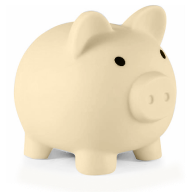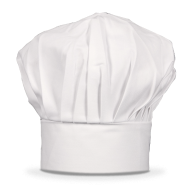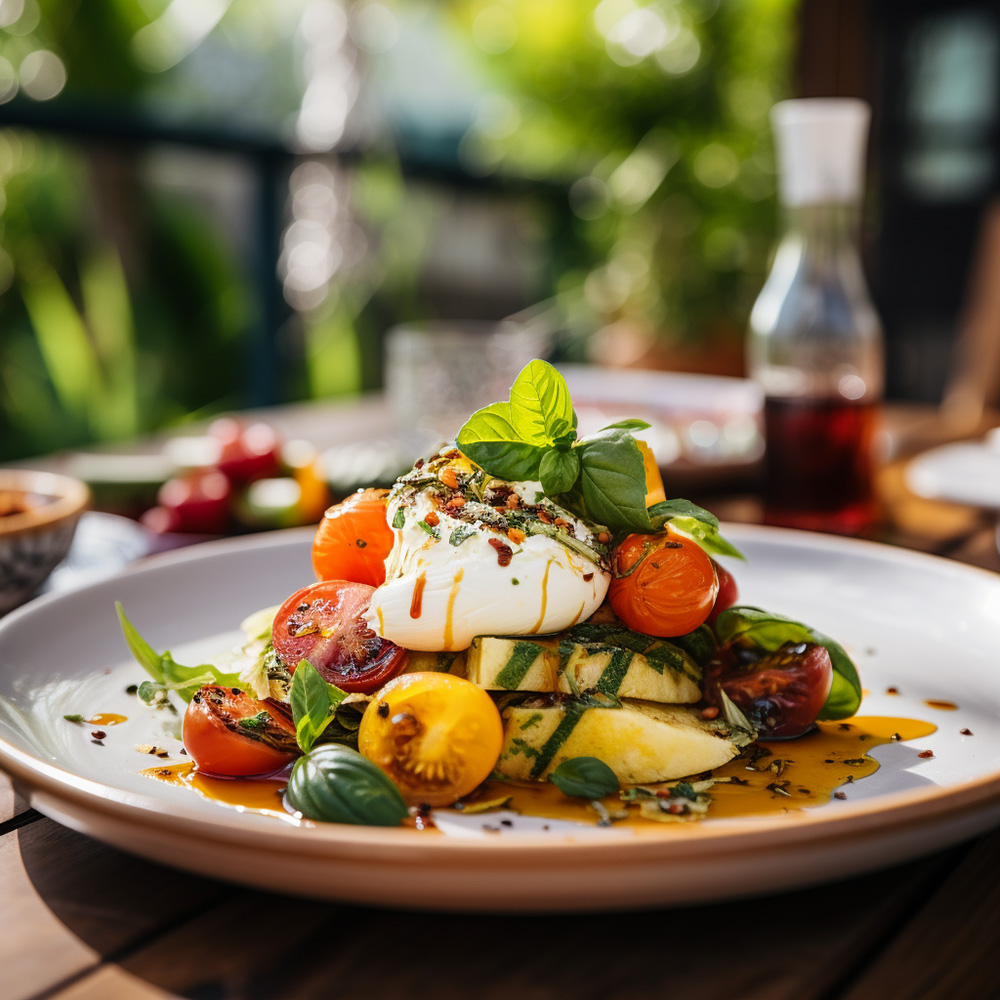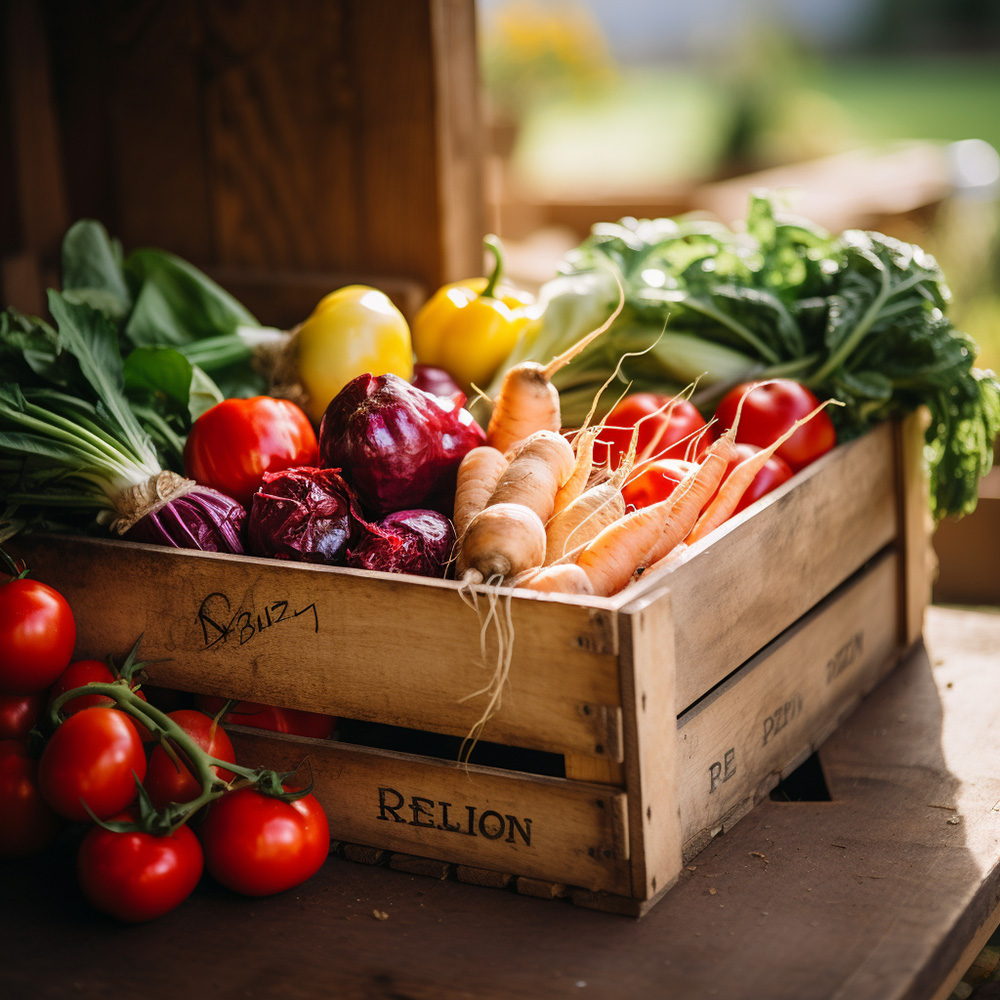
My big tip for this week: don’t be the bar, restaurant or cafe that just increases the price you charge your customers every time you’re feeling the cost of goods pinch. Instead, take the sustainable and systematic approach (I’m about to show you how) and watch your COGS drop.
(and, most importantly, stay dropped).
Before we start, know this: the process I’m about to take you through won’t be easy. But I can almost guarantee that if you follow it you’ll achieve both short and long term gains.
If your business is anything like mine was, you’ll have hundreds (maybe even thousands) of stock items, hundreds of recipes, and an ever-changing set of daily specials. Your margins each month are never where you expect them to be, and your overall food cost seems to bounce around all over the show. You know you need to get on top of it and that there’s money somehow going down the drain, but it’s bloody overwhelming and almost impossible to know where to start.
I’m going to show you how to eat the elephant one bite at a time through an approach that is tried and tested to achieve an average drop of 8% in your cost of goods.
(for a business turning over $2 million per annum, that would mean saving $160,000 per year, every year, for as long as you own the business)
For those not afraid of a little hard work, I hope I have your attention. Ready to get started?
Before we kick into our three tactical steps, we need to extract and look at the calculated margin on our top five selling menu items for the past week (it’s likely these will be responsible for 80% of our food revenue anyway).
Focusing on these is going to give us the best bang for our buck, because the areas where you’re selling and purchasing the most almost always give you the biggest opportunity to really move the needle in reducing your cost of goods.
(and moving the needle in lots of small ways is what great performance in hospitality is all about).
So let’s look closely at our sales and cogs from the report in Loaded above. We can see that our Bubble and Squeak and Smashed Potatoes are kicking goals with their low cost of goods, our Scrambled Eggs aren’t brilliant at 32% (but we’ll scrape them in with a pass mark for this exercise), and our Salmon Eggs Benedict and Tomatoes on Toast are running at a truly horrible 43.36% and 40.96% respectively.
We can see that we sold $1,720 of the Eggs Benedict last week, but only $926 of the Tomatoes on Toast, so let’s take our first bite of the elephant with the good old Eggs Benny. Fixing the margins on this one item is going to have a much bigger impact on our overall profitability than any other.
If you oversee your kitchen operations personally, then take yourself through the process below. If you have a head chef or kitchen manager, then take them through the process and hold them accountable for working through one menu item over the next week.
The first thing to get really clear on is that poor calculated margins can only be caused by one (or a combination) of these three things:
- Buying stock items at a higher price than you could or should be.
- Portioning stock items in a recipe badly, or using overly expensive items in a dish customers aren’t prepared to pay a high enough price for.
- Selling to customers at the wrong price (i.e. too cheap!)
Let’s break these down step by step, and fix them sequentially.
Step one: make sure we’re buying our Eggs Benedict stock items at good prices.
We don’t need to focus on buying everything better, just the stock items that are most affecting our margin (which tend to be the most expensive stock items in a recipe).
The recipe for our Eggs Benedict (easily pulled from Loaded, if you’re using it) looks like this:
It’s pretty clear that there are three specific items impacting our margin: the muffins, the smoked salmon, and the organic eggs. Before anything else, I would get pricing in from three different suppliers for these items as there’s almost always room to improve purchase pricing. In fact, we believe so strongly in this that we wrote a whole separate article on how to tender the purchase of your stock items.
Follow that proven tender process, and it’s likely we’ll reduce the purchase prices down to something more like this:
Just by buying better, we’ve dropped the recipe price from $8.04 to $7.04 and we’re saving ourselves $1 every time we sell an Eggs Benedict. Based on last week's sales of 74, we’d be saving just under $75 a week or $3,900 per year.
Ok, now that we’re cooking, let’s turn up the heat.
Step two: make sure our portioning matches the price we’re selling this to our customers for.
With a quick two day review, the team realised that every customer plate is coming back with extra hollandaise still on the plate. Right, let’s reduce that from 60 grams to 40 grams. The team is still completely happy with how the dish is presenting, and the front of house team keeps satisfaction high by telling customers they can “just let us know if you need any more hollandaise sauce.” Voila, we just reduced the cost of our hollandaise by 33%.
Back to our recipe, and it’s now looking like this:
HOT DAMN. We’ve just taken another 50 cents off the recipe cost, saving us another $2,000 per year. We’re now up to just under $6,000 per year saved on one item.
Step three: are we definitely selling our Eggs Benedict at the right price?
This is how our COGS currently looks:
Current Sale Price (inc GST): $24
Cost Price: $6.55
Calculated Cost of Goods: 31.3%
Given we were sitting at 43% for this dish, we’ve made some pretty good improvements to margin. A 12% reduction is nothing to sniff at. But let’s keep digging.
Looking around at our closest competitors, we can see we’re probably tapped out on the price we’re selling our Eggs Benedict at. The smoked Salmon is making up more than half the cost of the recipe, and this plays a big part in the high price we need to sell this to our customers for.
But what if we had another option for our Benedict? What if we brought in a streaky bacon option, with a recipe cost price of $1 against the smoked salmon’s $3.47? Now we have a cheaper option for our customers, and the ability to slightly increase the sale price on our smoked salmon option. Giving customers options allows us to gain margin on both dishes without risking any poor sentiment.
Our two options then look like this:
Bacon Option
Proposed sale price (inc GST): $20
Cost Price: $4.08
Calculated COGS: 23.4%
Salmon Option
Proposed sale price (inc GST): $25
Cost Price: $6.55
Calculated COGS: 30.1%
It’s a little tricky to understand the direct impact on profitability introducing a new option has, but we know that if customers choose the bacon option we’re getting great margin and if they choose the smoked salmon option we’re still receiving an extra $1 in revenue every time we sell it (on top of the extra gains we’ve already achieved with that dish).
If we conservatively say that 50% of customers will choose the smoked salmon, then we’ll add an extra $37 a week ($2,000 revenue per year).
Can you feel all this adding up?
Across improved purchasing, minor changes to portion sizing, and the introduction of more choice for customers (allowing us to tweak our sale price), we’re now saving around $8,000 per year. That’s on one dish at our small cafe that turns over around $1 million revenue per annum.
Once you or your team have built the muscle to do this once, you’re gold. Just keep on repeating this process until you’ve really rinsed out your top 10 - 20 selling menu items.
(and, bonus, you can do exactly the same on the beverage side of your business, and it’s even easier).
We’ll leave it there for now, because that’s a LOT to get you started (and literally make more money on). But very soon we’ll share a step by step process for tracking your actual margins, which will combine with everything here to dial your profitability even more.
Make sure you’re on our email newsletter list, and stay tuned! And if you want the ease of having the kind of data we shared in this post on tap, book a demo with one of our crew. It’ll only take 30 minutes, be tailored to your business, and run by someone with genuine hospitality management experience: BOOK A DEMO HERE

More Profit
Making money doesn’t happen by accident! Learn how to tune your business and improve your bottom-line.

More Success Stories
Get inspired by stories from real Loaded customers who run thriving hospitality businesses.

More Labour
Get tips for optimising your staff’s time, and for managing your team effectively.

More Culture
Making money doesn’t happen by accident! Learn how to tune your business and improve your bottom-line.

More Design
Making money doesn’t happen by accident! Learn how to tune your business and improve your bottom-line.

More Design
Making money doesn’t happen by accident! Learn how to tune your business and improve your bottom-line.

More Design
Making money doesn’t happen by accident! Learn how to tune your business and improve your bottom-line.
Learn from the best
Find articles, videos, E-books and more all delivered by our qualified, world-class community of expert hospitality operators: take a look
Season 2: Spring Bootcamp for a Money-Making Summer
We've poured our 100+ combined years of hospitality experience into a series of live and recorded webinars that will be your bootcamp for a money-making summer.





















